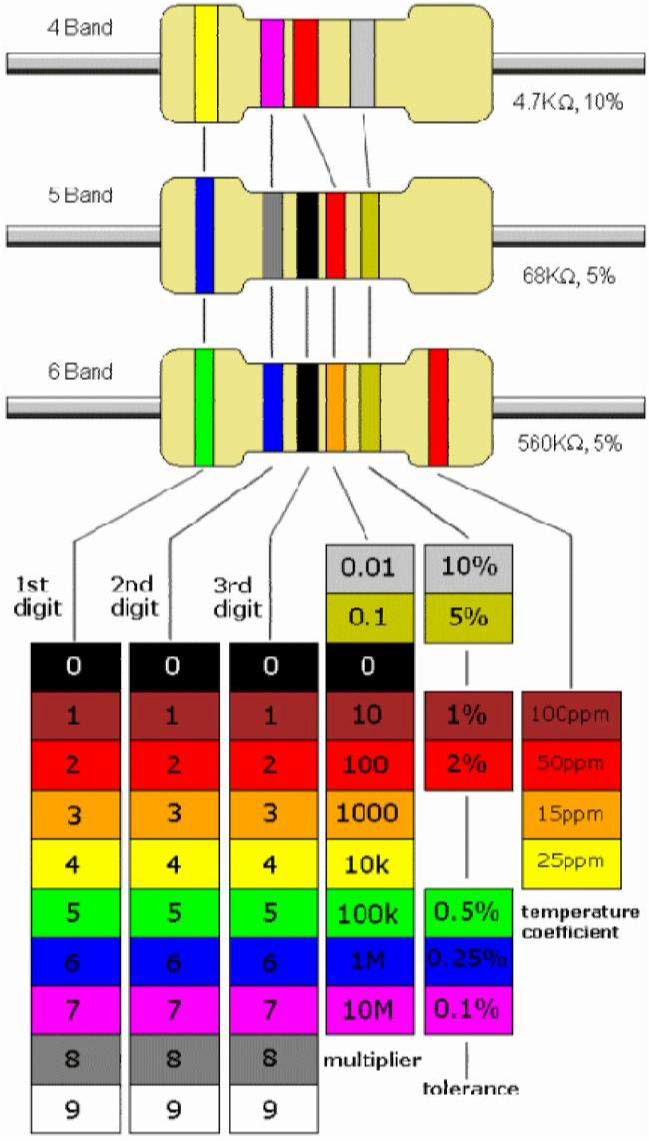A basic electric circuit is an arrangement of physical components that use voltage, current and resistance to perform some useful function.
Direction of Current:-
–Two conventions for the direction of electric current.
•Electron flow direction:
–Preferred by many in the field of
electrical and electronics technology, current is out of negative terminal of
voltage source, through the circuit, and into the positive terminal of the
source.
•Conventional current direction:
–Current is out of positive
terminal of voltage source through the circuit into the negative terminal of
the source.
Digital Multimeter:



.png)
.png)








